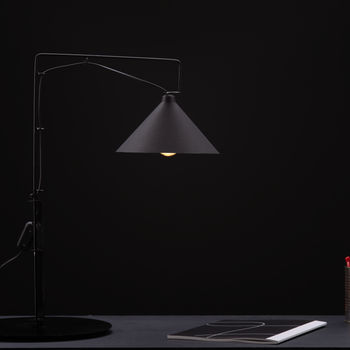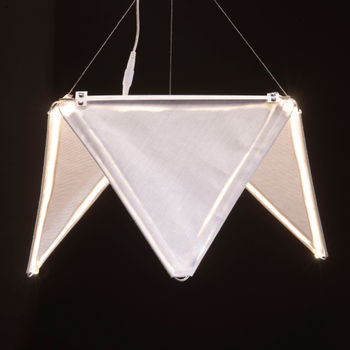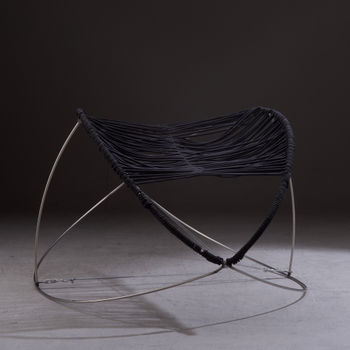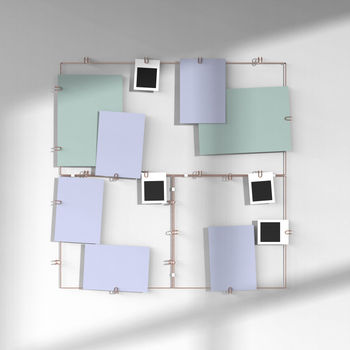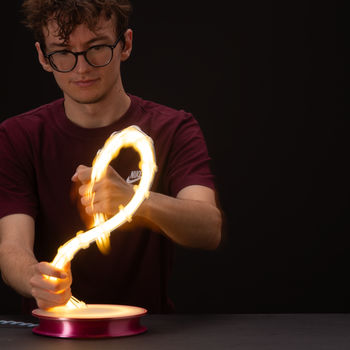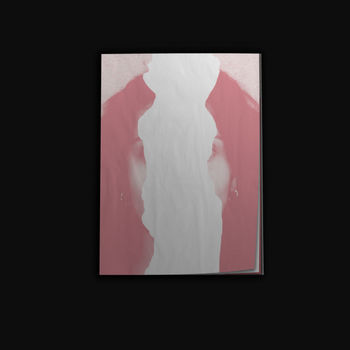EGO Bollards
Isabella Küchler
Within the product design project “The Migration of Forms. Transfer as a Tool for Ideas.” I designed a series of three bollards. The idea of my project took origin from the relationship between people and bollards. Observing people’s behavior in the public spaces, I noticed that bollards are not used only for their original purpose (protection and separation of urban areas). Very frequently people use bollards to sit on, lean on, eat on, lay something down, have a support to tie shoes, to fasten bicycles or dogs and much more. In this way people take part in the design process without really noticing it by giving new functions to the bollard. This process is called non-intentional design.
Taking this as a starting point, I transferred all these situations of non-intentional use of the bollards to design new shapes allowing many possibilities. The main features of the EGO Bollards are sloped surfaces for a more comfortable leaning position, a flat top to allow the temporary support of bags or other objects and a slightly conic base which gives the opportunity to fasten something around avoiding it to slide down. The bollards have different heights (1050mm; 850mm; 450mm) to give the opportunity of sitting, low leaning, high leaning (with arms) and usage as a coffee table.
As the bollards are pieces of outside furniture I chose aluminium as a material because of its weathering resistance, high rigidity, flexibility and malleability. For the finishing I decided to apply a polyester powder coating for its weathering and UV resistance. It also avoids corrosion transferring durability to the bollard.
The name EGO wants to evidence the ego, the user who can use the bollard in his/her own way transforming it into a temporary personalized furniture.
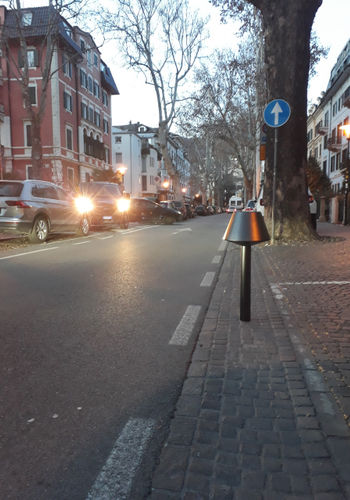
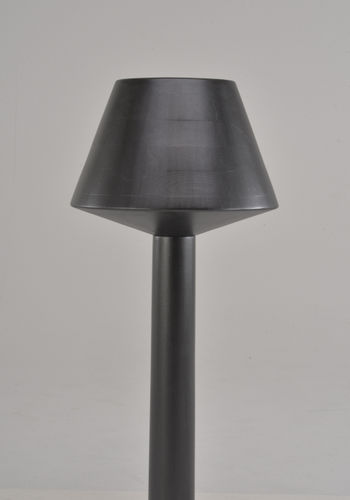
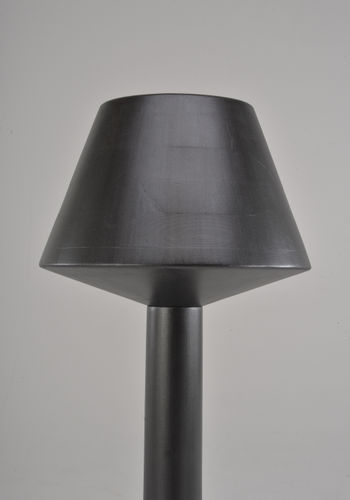

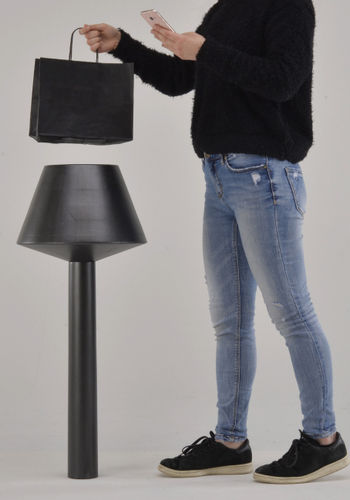


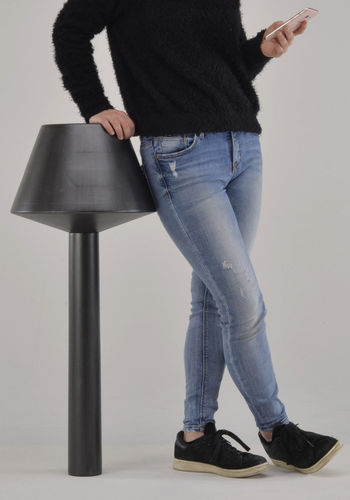
The Migration of Forms
